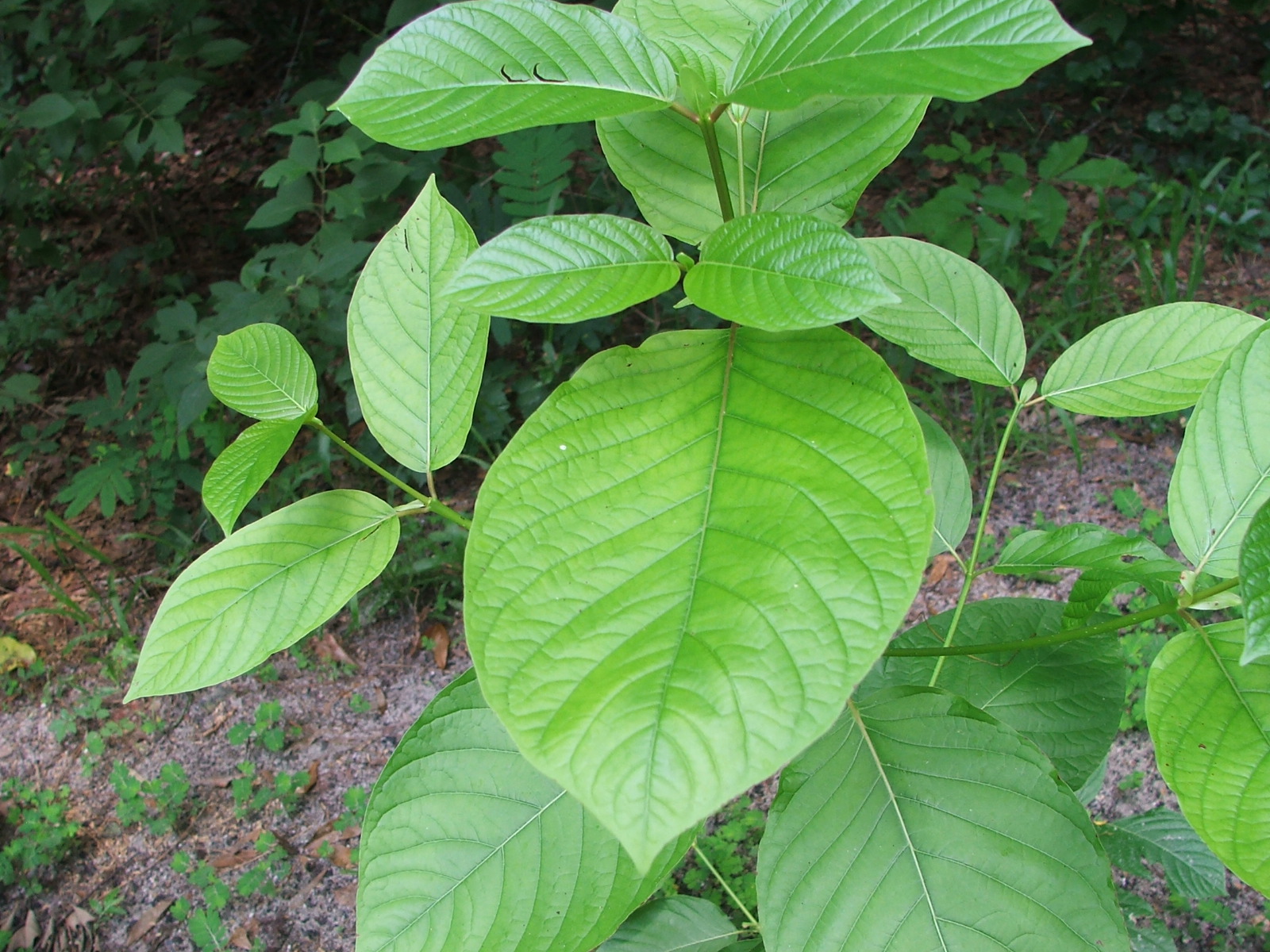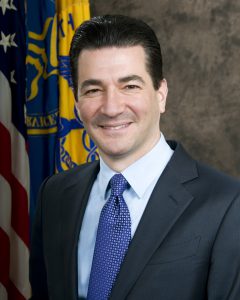FDA Warns Promoters of Herbal Addiction Treatments
/By Pat Anson, Editor
The U.S. Food and Drug Administration is following through on its threat to crackdown on companies selling kratom and other herbal supplements as treatments for opioid addiction and withdrawal.
The FDA and the Federal Trade Commission (FTC) have sent joint warning letters to the distributors of 15 herbal supplements for illegally marketing unapproved products.
“The FDA is increasingly concerned with the proliferation of products claiming to treat or cure serious diseases like opioid addiction and withdrawal,” said FDA Commissioner Scott Gottlieb, MD. “People who are addicted to opioids should have access to safe and effective treatments and not be victimized by unscrupulous vendors who are trying to capitalize on the opioid epidemic by taking advantage of consumers and selling products with baseless claims.”
The companies used websites or social media to make claims about their products' ability to cure, treat or prevent opioid withdrawal and addiction.
TaperAid, for example, claims its “17 all-natural organic herbs” can relieve symptoms of withdrawal and even reduce tolerance to opioid painkillers.
“Use of TaperAid may increase sensitivity to opioids. You may need to lower your usual intake of opioids to account for reduced tolerance,” the company claimed. “People using short acting opioids (which includes many pain management medications and heroin) will notice a significant lowering of tolerance to their opiate of choice.”
TaperAid’s website and Facebook account have been taken down, although a TaperAid review can still be found on YouTube.
“Opioid addiction is a serious health epidemic that affects millions of Americans,” said acting FTC Chairman Maureen Ohlhausen. “Individuals and their loved ones who struggle with this disease need real help, not unproven treatments.”
In addition to the warning letters, the FTC released a “fact sheet” warning consumers about companies that promise miracle cures or fast results.
“Dietary supplements – such as herbal blends, vitamins, and minerals – have not been scientifically proven to ease withdrawal or to treat opioid dependence,” the FTC warned. “Products like Kratom, which some claim can help, are actually not proven treatments, and can be addictive and dangerous to your health.”
The FDA issued a public health advisory about kratom last November, saying there was “no reliable evidence to support the use of kratom as a treatment for opioid use disorder.”
Kratom comes from the leaves of a tree that grows in southeast Asia, where it has been used for centuries for its medicinal properties. Millions of Americans have discovered kratom in recent years, and use it to treat addiction, chronic pain, anxiety and depression. The herb is not approved by the FDA for any medical condition.
In 2016, the Drug Enforcement Administration attempted to list kratom’s two active ingredients as Schedule I controlled substances, which would have made it a felony to possess or sell kratom. The DEA suspended its plan after a public outcry, saying it would wait for a scheduling recommendation and medical evaluation of kratom from the FDA. Over a year later, that report has still not been released.

























